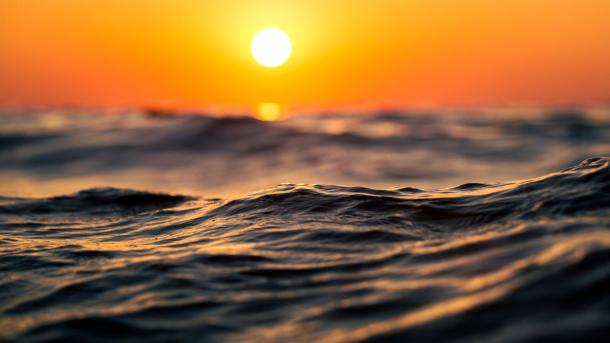The Global Ocean Observing System (GOOS) has published its annual report card on the status of observing networks and how they meet urgent societal needs, including tracking marine heatwaves, advancing the safety of life at sea and protecting seagrass ecosystems.
Although there is continuing progress in systematically monitoring and understanding the ocean, high-impact events such as tropical cyclones, marine heatwaves and extreme marine weather mean there is a need for an ever-increasing range of ocean services, it said.
The Ocean Observing System Report Card devotes a special chapter to marine heatwaves. Often extending deep below the sea surface, marine heatwaves have disastrous effects on marine ecosystems, including shifts in locations of fish and high mortality rates of vulnerable species. They also influence other extreme events on land, such as droughts and heatwaves, and the rapid intensification of tropical cyclones.
The report card said, “Due to climate change, marine heatwaves are becoming more frequent, more intense and lasting longer. They now occur in all ocean basins, putting an array of ocean ecosystems and communities at risk.”
In 2022, despite the occurrence of La Niña, 58% of the ocean surface suffered at least one marine heatwave event. The development of El Niño, with warmer-than-normal sea surface temperatures in the Pacific, means that it is likely that 2023-2024 will witness even more intense marine heatwaves. This was evidenced by a northeastern Atlantic heatwave in June 2023.
Different international programs such as GOOS, the World Climate Research Programme and the Global Climate Observing System are now working together to develop a comprehensive set of observations, integrating satellite and in situ observations, to address marine heatwave impacts. This involves working with national and international stakeholders, such as managers of marine ecosystems and fisheries.
Mathieu Belbéoch, manager of OceanOPS, said, “In the face of climate change, the global community must work together to improve the coverage, quality and multidisciplinary nature of the observing system to meet vital forecasting services and societal needs. OceanOPS can help make these connections.”
“GOOS has never been better positioned to usher in a new era of ocean information: new observing technologies and private sector engagement are presenting new opportunities for GOOS to address these and other urgent ocean observing needs,” said David Legler, chair of the GOOS Observations Coordination Group.
The Global Ocean Observing System unites international, regional and national ocean observing programs, governments, UN agencies, research organizations and individual scientists to monitor our changing ocean through the ‘eyes’ of thousands of ocean observing platforms. These platforms range from autonomous profiling floats and underwater gliders, to fixed and drifting buoys, to commercial and research ships, and even marine mammals.
This network has recovered from the impact of Covid-19 on observing operations. There have also been significant advances in technology, autonomous instruments, multidisciplinary approaches, and in international collaboration, says the Report Card. There is growing investment in biogeochemical sensors and deep autonomous Argo profiling floats, and an increase in emerging components of the system like smart cables and unmanned surface vehicles, which continued to develop, in part due to strong collaboration with private sector partners.
For more on meteorological ocean observation technology and OceanOPS, read Meteorological Technology International’s exclusive feature here.



